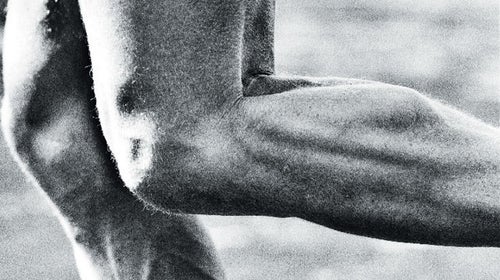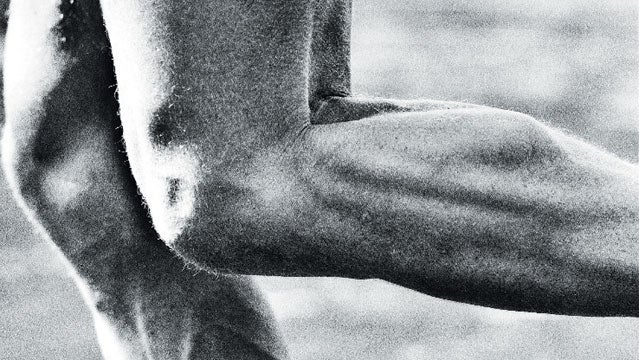First, ditch the salt tablets. “The biggest misconception is that exercise-associated muscle cramping is due to dehydration or electrolyte imbalances,” says Martin Schwellnus, a professor of exercise science at the University of Cape Town, in South Africa, and one of the world’s leading researchers on the subject. Cramps, Schwellnus and other scientists recently discovered, stem from altered neuromuscular control, or a sudden change in the interaction between the nervous and musculoskeletal systems brought on by fatigue. Genetics may play a role, but cramping usually happens in areas that have experienced prior muscle damage or have become fatigued. And once you begin cramping, electrolyte-laced sports drinks and pills won’t do much to prevent it. Here’s what might.
#1. Ramp up volume and intensity slowly, and let your body recover for at least a day before competing. “If you start a race with low-grade muscle damage—like the stiffness and soreness you get from a hard weight-training session—your muscle excitability is increased,” Schwellnus says, upping the chance of cramps.
#2. Slow down in warm weather. “If it’s a hot, humid day, and you’re running at a high intensity, you’re likely to fatigue earlier,” Schwellnus says.
#3. Correct your biomechanics. If you’re prone to cramping in your hamstrings, for example, it’s possible you’re not engaging your glutes and your hamstrings are overcompensating. Focus on a more vertical posture when running, and strengthen your glutes in the weight room.
#4. Top off your glycogen stores. Poor diet can lead to premature fatigue, so take in an adequate amount of carbs. The banana, long touted as the ultimate anti-cramping food because of its potassium content, probably helps simply because it’s sugary. And pickle juice, which many people believe calms cramps because of its salt content, likely signals a muscle to stop cramping because of a vinegar-triggered neurological response.


